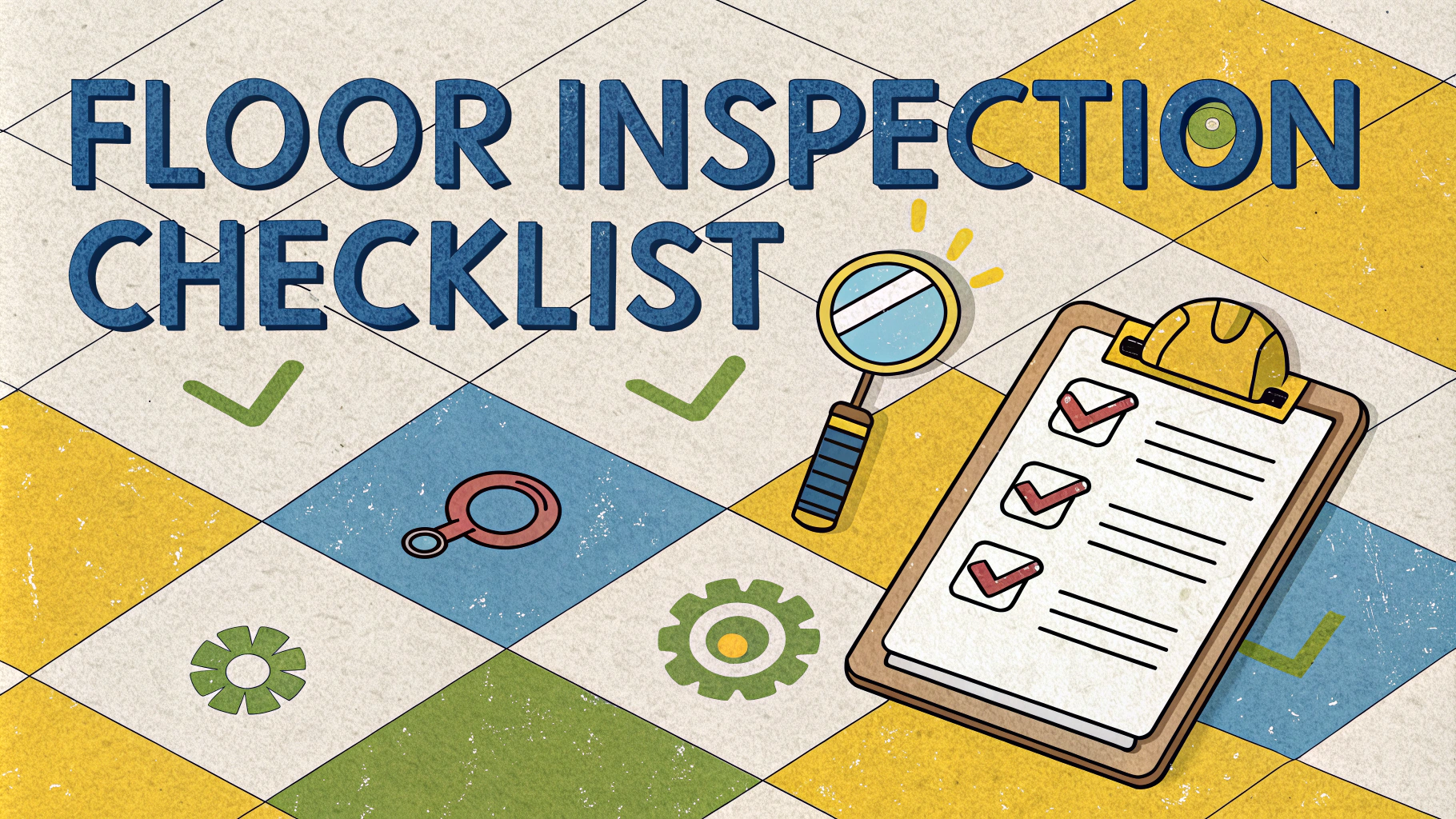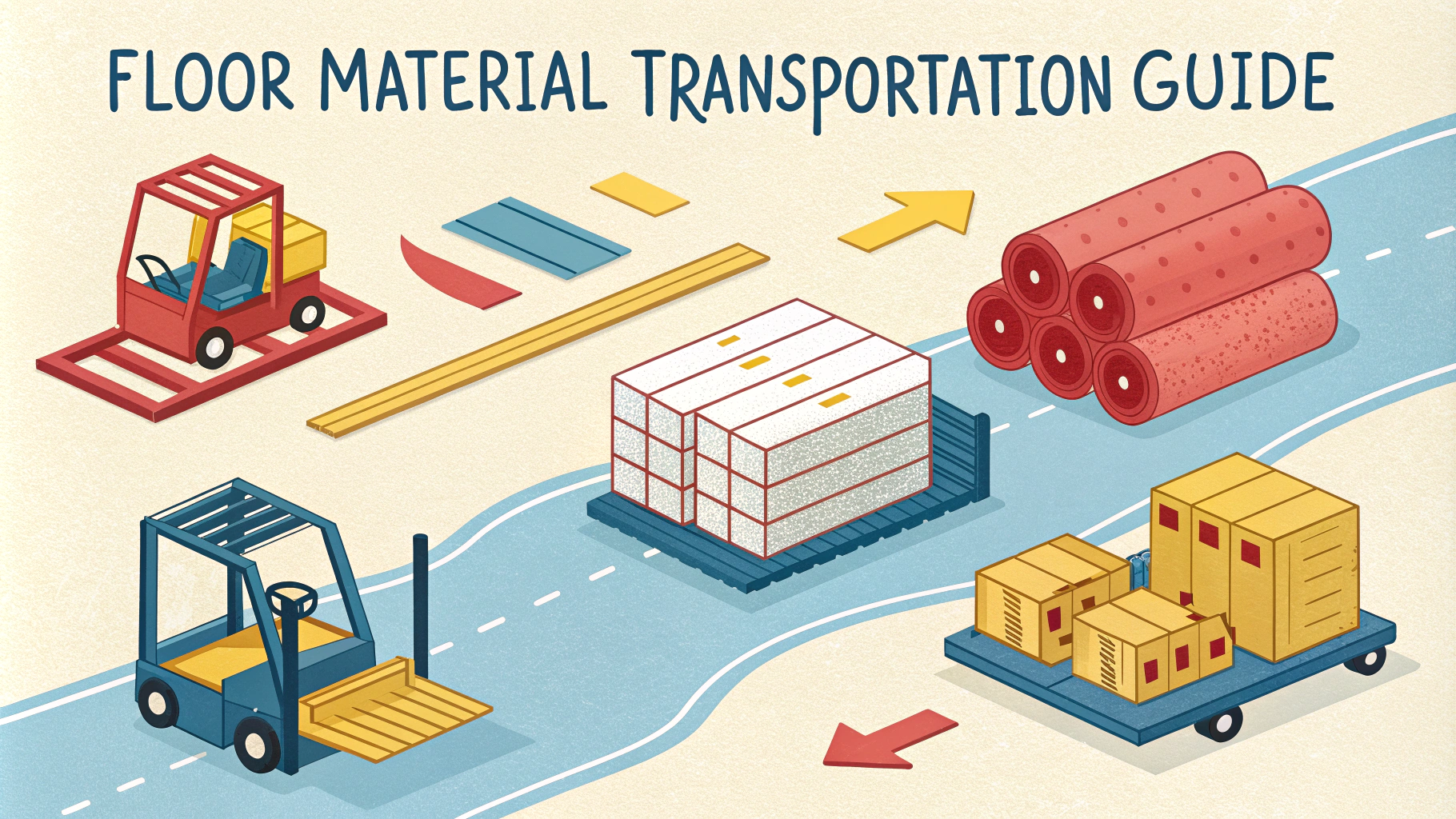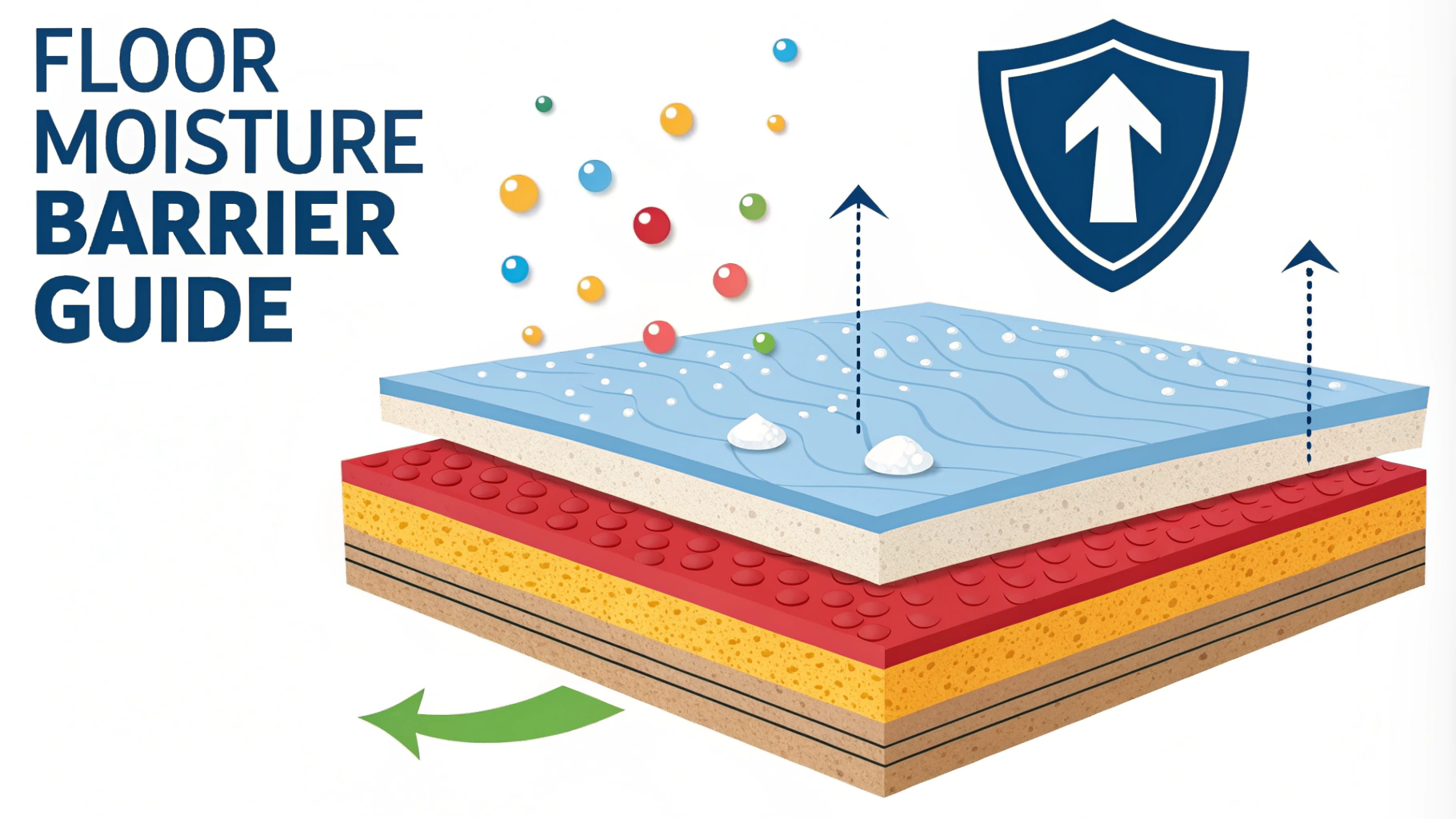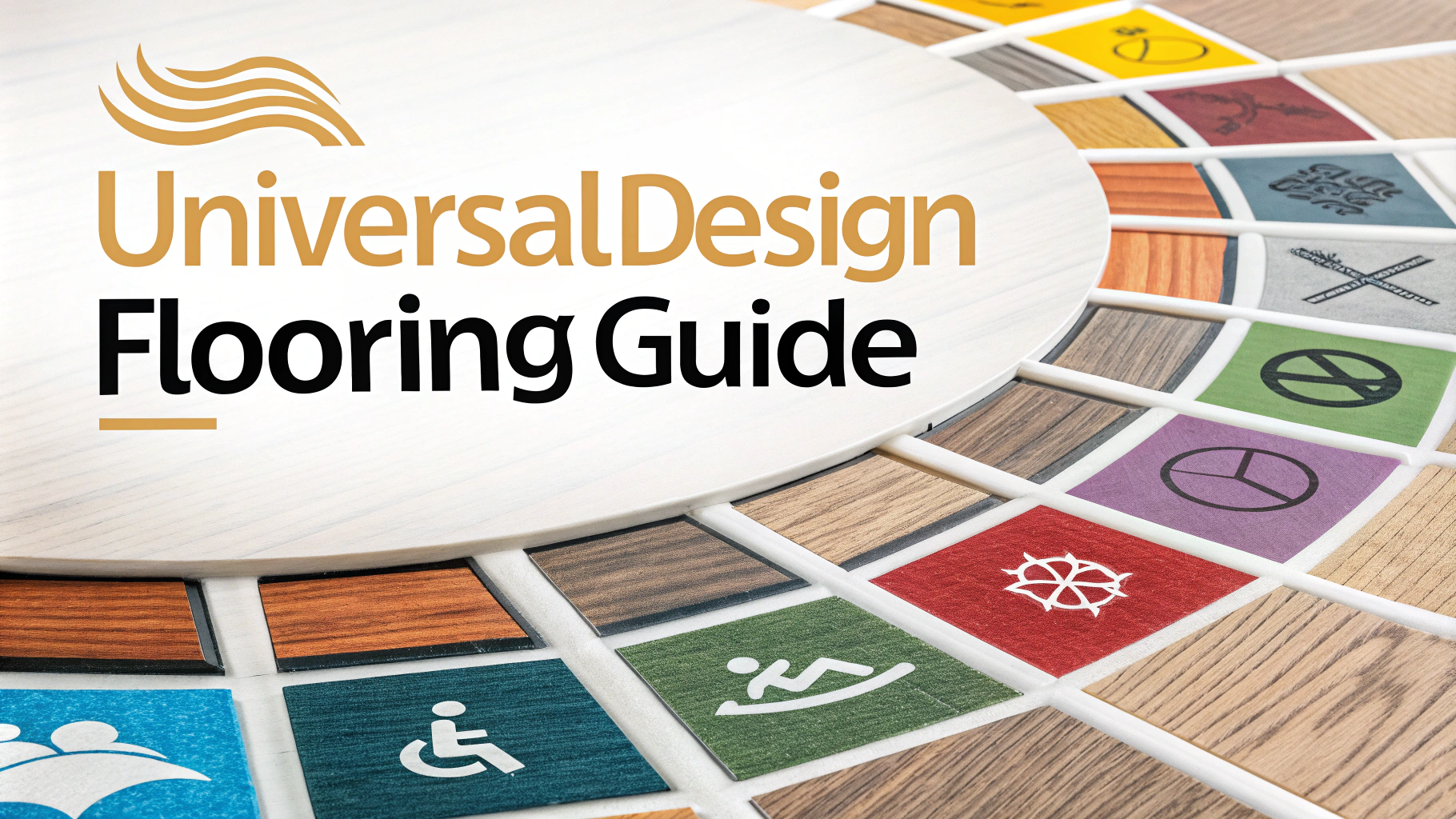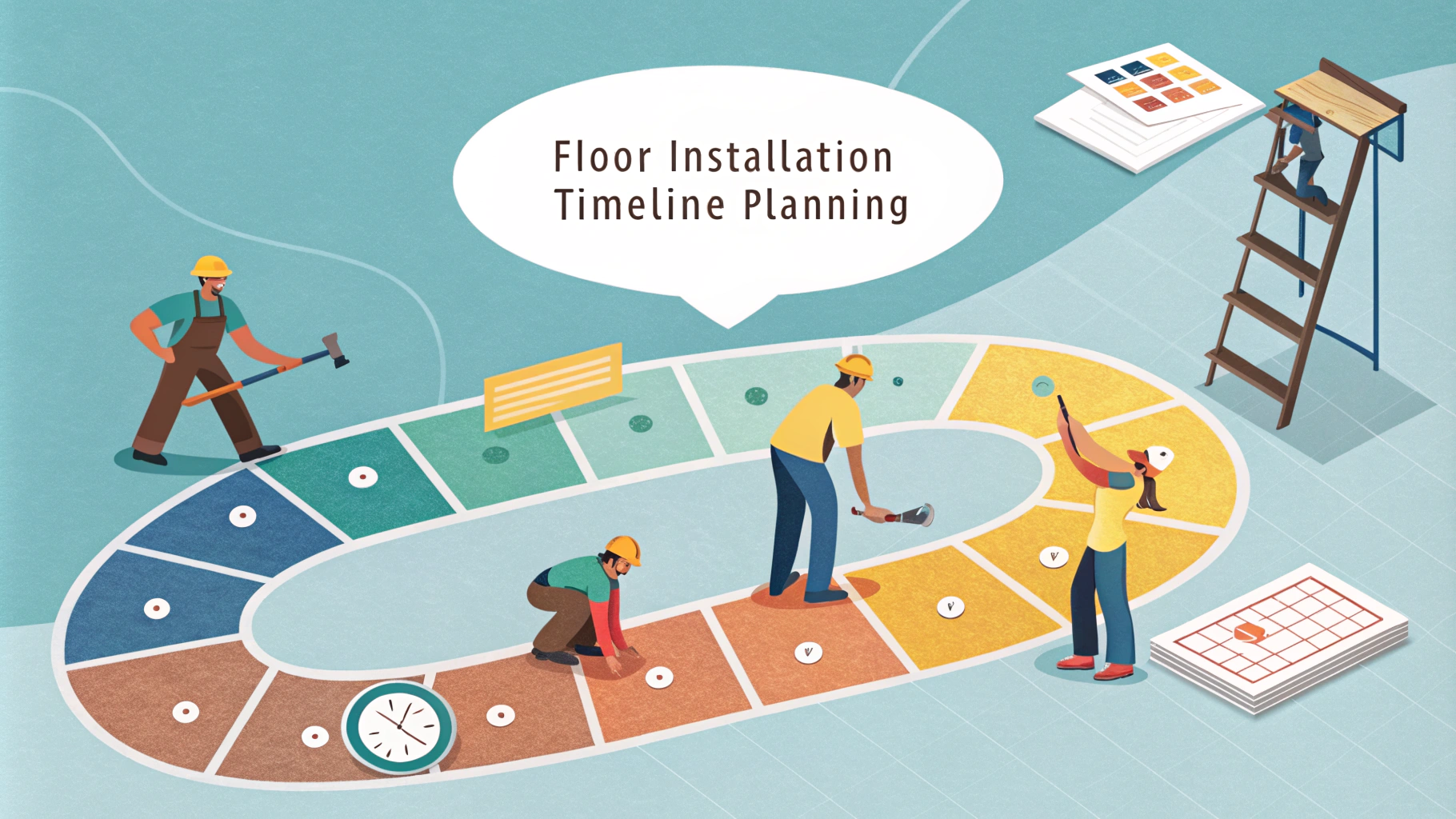Floor demolition requires careful planning, proper tools, and strict safety measures to complete successfully.
Whether you’re preparing for a renovation or need to address damaged flooring, understanding the proper demolition techniques helps prevent injuries and property damage.
This guide covers essential safety protocols, recommended tools, and step-by-step instructions for different flooring types.
Safety Equipment Checklist
- Safety goggles
- N95 dust mask or respirator
- Heavy-duty work gloves
- Steel-toed boots
- Long-sleeved clothing
- Knee pads
- Ear protection
Required Tools
- Pry bar
- Sledgehammer
- Floor scraper
- Heavy-duty trash bags
- Wheelbarrow
- Electric floor stripper (for larger projects)
Pre-Demolition Steps
Turn off all utilities in the work area, including electricity, water, and gas.
Remove all furniture, appliances, and decorative items from the room.
Cover vents and doorways with plastic sheeting to contain dust.
Test the floor for asbestos if the building was constructed before 1980 – contact a licensed asbestos inspector at Asbestos.com.
Flooring Type-Specific Instructions
Hardwood Floors
- Start at a corner or damaged section
- Insert pry bar between boards to lift
- Work in small sections
- Save intact boards for possible reuse
Tile Floors
- Break center tile with sledgehammer
- Use floor scraper to remove pieces
- Work outward in sections
- Remove adhesive with chemical stripper
Carpet
- Cut into manageable strips
- Pull from tack strips
- Remove padding separately
- Extract all staples and tacks
Disposal Guidelines
Contact local waste management for specific disposal requirements – find services at Waste Management.
Rent a dumpster for large projects – typical costs range from $300-$500 per week.
Separate recyclable materials like wood and metal for proper disposal.
When to Call Professionals
- Presence of asbestos or lead
- Structural concerns
- Projects larger than 500 square feet
- Limited time or physical capability
Next Steps After Demolition
Thoroughly clean the subfloor and inspect for damage.
Check floor joists and support structures for signs of wear.
Document the demolition process with photos for insurance or permits.
Schedule an inspection before proceeding with new flooring installation.
Cleanup and Preparation
Remove all debris and thoroughly sweep or vacuum the work area.
Clean subfloor with appropriate cleaning solutions based on material type.
Allow area to fully dry before inspecting for additional damage.
Common Challenges
Hidden Damage
- Water damage beneath flooring
- Rotted subfloor sections
- Pest infestations
- Mold growth
Structural Issues
- Uneven floor joists
- Sagging support beams
- Foundation problems
- Load-bearing concerns
Cost Considerations
Budget for unexpected repairs discovered during demolition.
Factor in tool rental costs if not purchasing equipment.
Include disposal fees and potential permit costs.
Moving Forward with Your Project
Document all work completed for future reference and permits.
Maintain detailed records of any repairs made during the process.
Consider scheduling professional inspections before installing new flooring.
Research appropriate flooring options based on your subfloor condition and needs.
FAQs
- Is floor demolition a suitable DIY project?
Floor demolition can be a DIY project for smaller areas and certain flooring types, but large spaces or complex materials may require professional expertise. - What safety equipment is essential for floor demolition?
Safety goggles, heavy-duty work gloves, dust mask or respirator, steel-toed boots, knee pads, ear protection, and long-sleeve clothing are essential. - How do I remove tile flooring safely?
Start by removing baseboards, break one tile to create a starting point, use a floor scraper or chisel to pry up tiles, and remove adhesive with appropriate solvents. - What tools are needed for hardwood floor removal?
Pry bar, circular saw, hammer, chisel, drill, floor scraper, work gloves, and safety goggles are the primary tools needed. - How should I dispose of demolished flooring materials?
Rent a dumpster, separate materials for recycling where possible, and check local regulations for proper disposal of specific materials. - What precautions should I take before starting floor demolition?
Turn off utilities, check for asbestos, remove furniture, seal off work area, ensure proper ventilation, and identify load-bearing structures. - How do I handle asbestos flooring if discovered?
Stop work immediately, do not disturb the material, and contact a licensed asbestos abatement professional for safe removal. - What’s the proper technique for removing carpet flooring?
Pull up corners, cut into manageable strips, remove carpet padding separately, and extract all staples and tack strips from the subfloor. - How long does a typical floor demolition project take?
Small rooms typically take 1-2 days, while larger areas or complex materials may require 3-5 days for proper demolition. - Can I demolish flooring if I have a concrete subfloor?
Yes, but extra care and specific tools like a hammer drill or floor scraper may be needed to prevent damaging the concrete surface.


